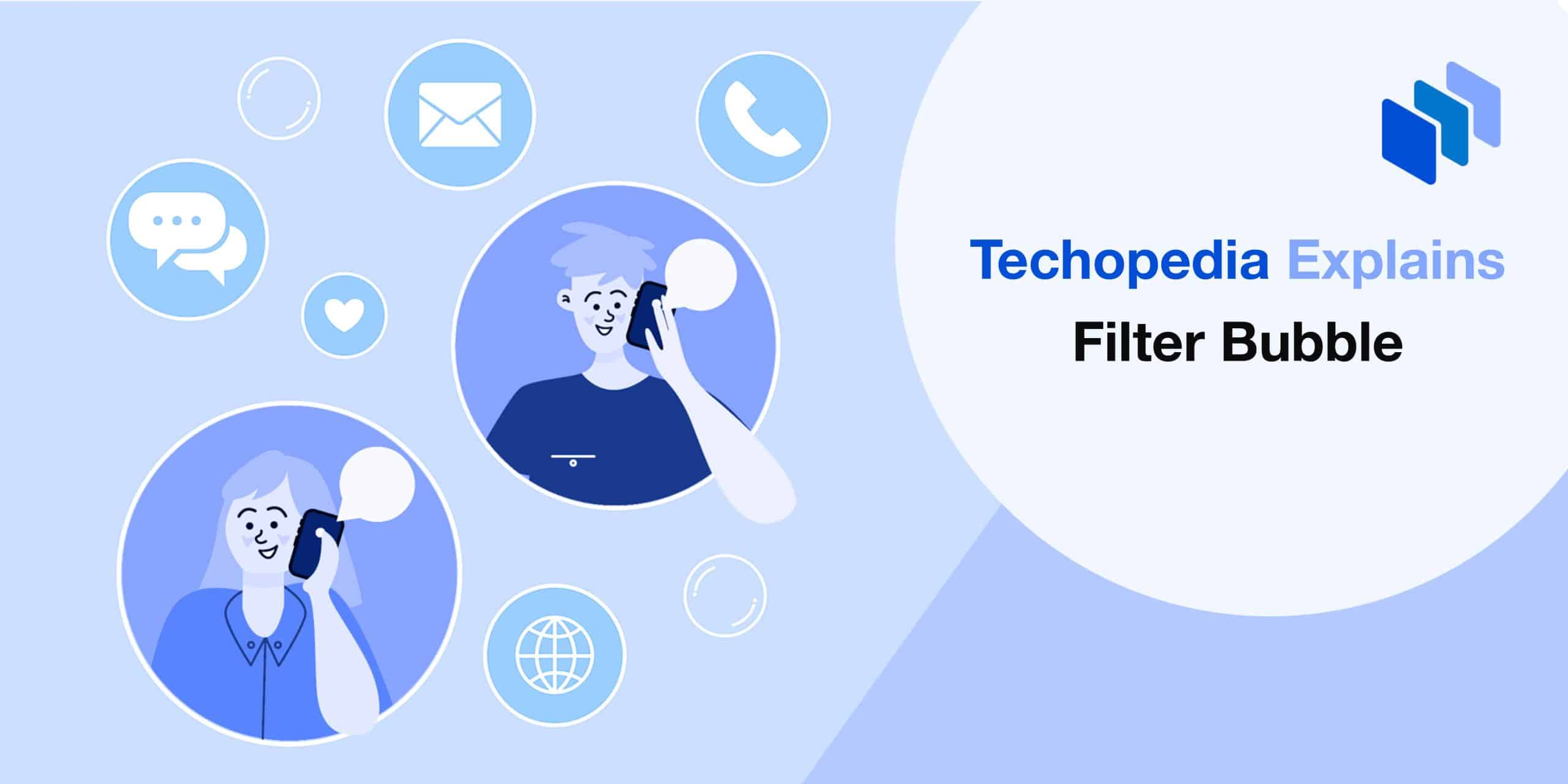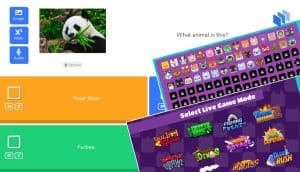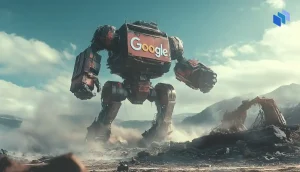What is Filter Bubble?
A filter bubble is the intellectual isolation that occurs when websites use artificial intelligence (AI)-driven algorithms to selectively present information based on user behavior, such as clicks, browsing history, search history, and location.
This results in users encountering information and content that matches or aligns with their existing interests. Filter bubbles can limit exposure to balanced information and diverse perspectives, reinforcing existing worldviews. This leads to intellectual isolation, reducing contact with opposing viewpoints and new information.
Personalized search results from Google and personalized news streams from Facebook are prime examples of filter bubbles.
Similar phrases include echo chamber and algorithmic bias.
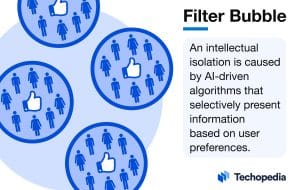
Key Takeaways
- A filter bubble is an intellectual isolation caused by websites using algorithms to present information based on user preferences, location, and history.
- The term filter bubble was coined by internet activist Eli Pariser in 2011.
- AI algorithms contribute to filter bubbles by analyzing a user’s online behavior to predict and display content.
- Social media platforms like Facebook, X (formerly Twitter), Instagram, and TikTok are examples of filter bubbles.
- To avoid filter bubbles, use VPNs, clear cookies, cache, and search history, and engage with a variety of websites.
History of Filter Bubble
The term filter bubble was coined by Internet activist Eli Pariser in his book, “The Filter Bubble: What the Internet Is Hiding from You” (2011).
Pariser relates a case in which a user searches for “BP” on Google and gets investment news regarding British Petroleum as the search result, while another user receives details on the Deepwater Horizon oil spill for the same keyword. These two search results are noticeably different and could affect the searchers’ impression of the news surrounding the British Petroleum company.
According to Pariser, this bubble impact could have adverse effects on social discourse. However, others say the impact is negligible.
How Filter Bubble Works
The filter bubble definition refers to the phenomenon where AI-driven algorithms curate content for users based on their previous online behavior. These algorithms analyze data such as search history, clicks, and location to predict and display new content that aligns with the user’s preferences.
On a news website, for example, AI-driven algorithms curate articles for readers based on their reading history, clicks, and preferences. If they frequently read articles on a specific political viewpoint, the website will prioritize showing similar content over viewpoints or topics they didn’t previously engage with.
While providing relevant content to the user, the filter bubble limits the reader’s exposure to diverse viewpoints and reinforces existing beliefs, leading to intellectual isolation.
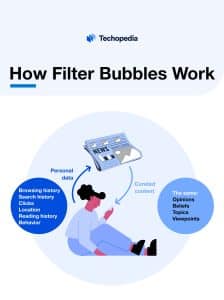
AI Algorithms Contribution to Filter Bubbles
AI algorithms contribute to filter bubbles by analyzing a user’s online behavior to predict and display content that aligns with their preferences. This process, called data mining, involves collecting and examining vast amounts of data to identify patterns and trends (i.e., data collection, data analysis, and algorithmic recommendations).
Examples include:
By analyzing behavior, AI algorithms contribute to the creation of filter bubbles, exposing users primarily to information that matches their preferences.
The Impact of Filter Bubbles
The main impact of filter bubbles is intellectual isolation, which limits exposure to diverse perspectives, reinforces existing beliefs and reduces critical thinking.
Other impacts include:
- Algorithmic bias perpetuates misinformation.
- Filter bubbles polarize social and political views.
- Limited information restricts access to balanced content.
- Reinforced biases strengthen existing beliefs and opinions.
Filter Bubble Examples
5 Steps to Avoid Filter Bubbles
Clear browsing history
Diversify your social media
Follow a wide range of accounts with different perspectives to ensure more varied access to information.Use VPNs
A mobile VPN apps will make online activities harder to track and reduce personalized content based on location and browsing history.Use a variety of websites
Seek out news and information from various websites and platforms to ensure exposure to different viewpoints and reduce algorithmic influence.Use private browsing
Use incognito or private browsing modes to prevent a browser from storing search history and tracking online behavior.
Filter Bubble Pros and Cons
Pros
- Ads are more likely to be of interest
- Content matches user interests
- Feels more relevant and enjoyable
- Reduces time spent searching for information
- Users interact more with relevant content
Cons
- Inaccurate information may go unchecked
- Intellectual isolation limits exposure to diverse perspectives
- Reduced critical thinking from fewer challenges to views
- Reinforces biases by strengthening beliefs and viewpoints
- Users typically see only information they agree with
The Bottom Line
The filter bubble meaning refers to intellectual isolation caused by AI-driven algorithms that selectively present information based on user preferences. This creates a personalized but narrow online experience for most. While this approach offers content that is more likely to be of interest and increases user engagement, it limits exposure to diverse perspectives and reduces critical thinking.
It is important to balance personalization with exposure to varied perspectives. Using VPNs, clearing browser cookies, cache, and search history, and engaging with a variety of websites, platforms, and social media accounts can help avoid intellectual isolation and increase exposure to online information and diverse viewpoints.
